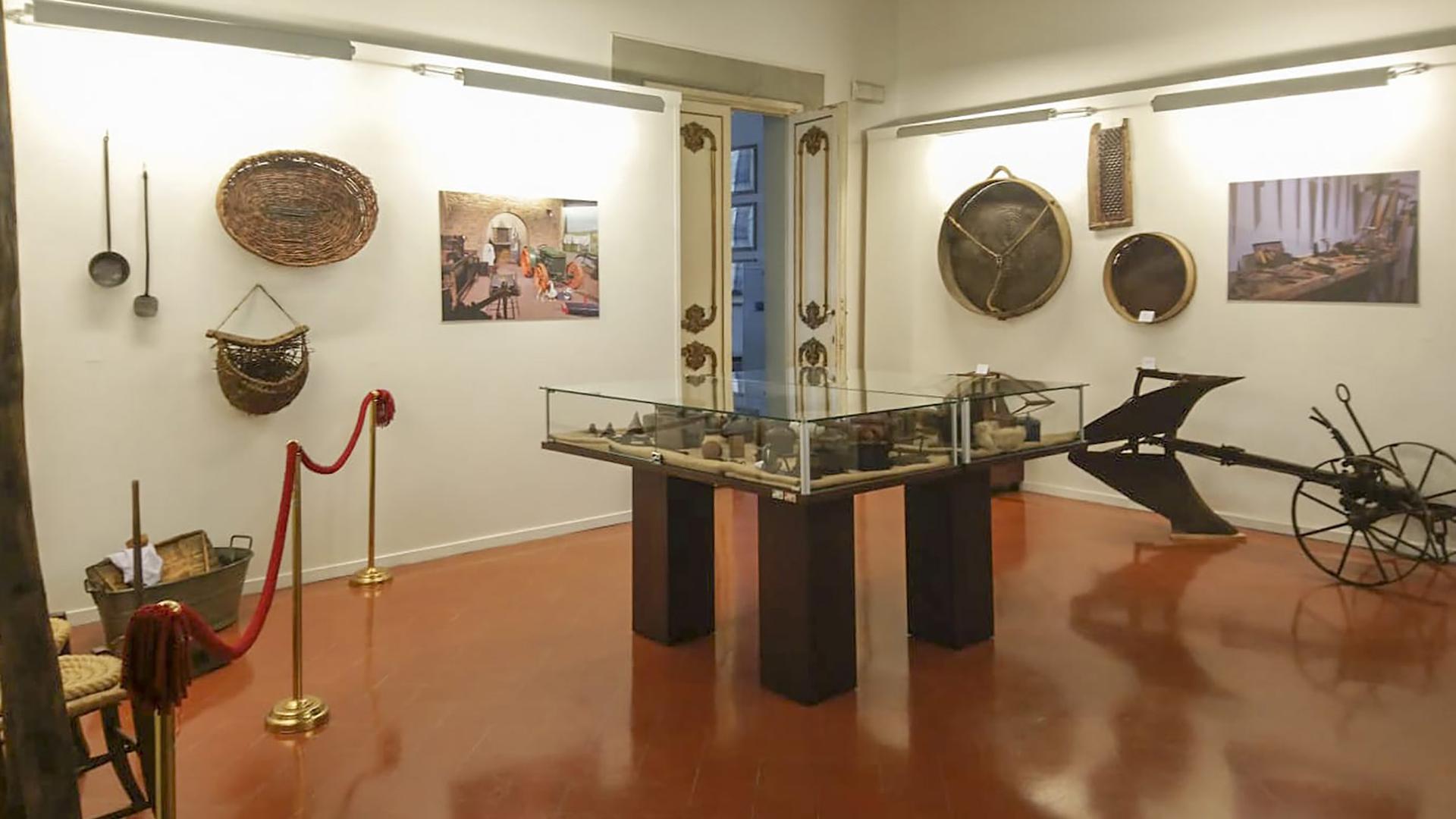
The two monuments of the town, MAEC (Museum of the Etruscan Accademy and of Cortona) and Museo Diocesano represent two indispensable places to visit in case you want to discover the story of Cortona and its antient and contemporary art.
Created as an expression of the Etruscan Academy’s cultural engagement in 1727, the Museo dell’Accademia spreads over 14 rooms of the Palazzo Casali in the Piazza Signorelli. Museum was funded in 2005 to re-create an itinerary through 4-floors (with elevator and small lift to move from floor to floor) where you will find the a vast set of Etruscan and Roman finding made nearby Cortona. The most historically interesting elements include “Tabula Cortonensis” (II century BC) and the rest of an Etruscan tomb.


The Museo Diocesano, is housed in the former upper-church of the “Gesù” and annexed rooms.
Inside of the museum you will find a selection of masterpieces of Beato Angelico (Annunciation), Bartolomeo della Gatta, Lorenzetti, Luca Signorelli (amongst which stands out the latter’s dramatic “Deposizione”), Giuseppe Maria Crespi (Ecstasy of St. Margherita), Francesco Capella and many others.
The Archeological park plays a relevant role in the cultural itinerary as it includes many findings of Etruscan and Romans times that lay inside and outside the city walls.
The most relevant sites include Etruscan tombs (Meloni and Tanelle), particularly at Sodo (a village under Cortona in the direction of Arezzo).


The Mo.Pa (Paleontological Exhibition of the Unità Faunistica Farneta), is a recently established museum showing a part of the huge collection of paleontological finds collected over years of study and research by Don Sante Felici, abbot of Farneta, until his death. (reference: www.scoprifarneta.it, please call before going +39 0575610241 +393494949604).
The Museo della Civiltà Contadina (website and directions) of Fratticciola houses typical objects of our recent agricultural history.